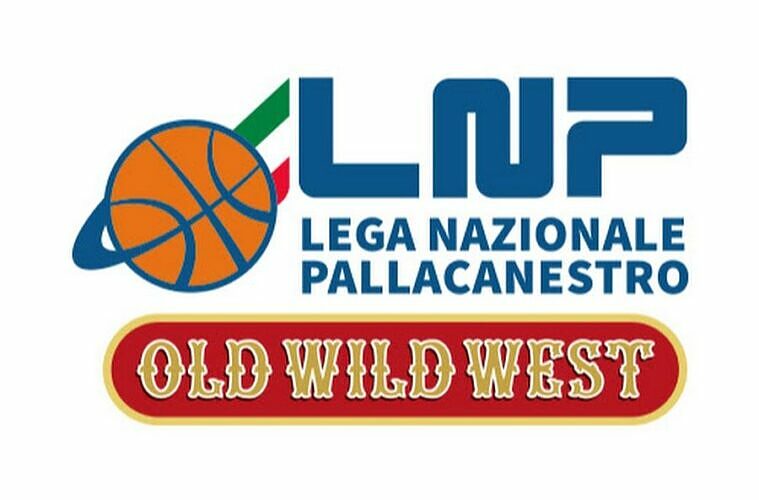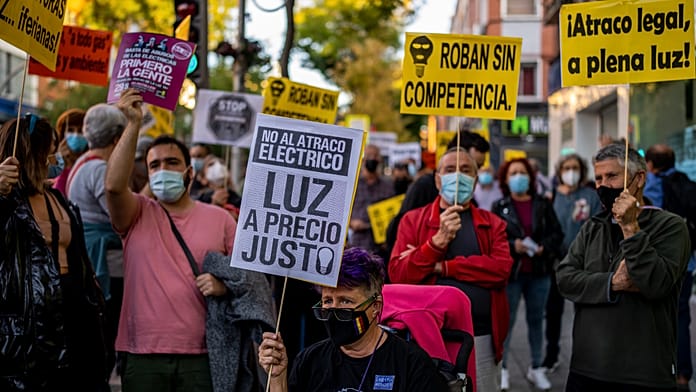Bologna University has numerous museums. One that has long been a favourite with local children is the Geological and Paleontological Museum, as it has a number of dinosaur skeletons.
The nucleus of the museum dates back to the 16th century when Ulisse Aldrovandi, a professor of natural history, amassed what was at the time the largest collection in Europe of animals, plants, minerals, and fossil remains. In 1547, it became the basis of what was possibly the first natural history museum open to the public.
 These rock specimens were collected during the building of the Gotthard tunnel in the 1870s. (P. Granville)
These rock specimens were collected during the building of the Gotthard tunnel in the 1870s. (P. Granville)Giovanni Capellini, the first professor of geology in Italy, was instrumental in the formation of the current museum in 1881. The collection represents over 500 years of research and contains almost one million items, including rocks, plants, invertebrates and fossil vertebrates.
 Giovanni Capellini (researchgate.net}
Giovanni Capellini (researchgate.net}The appearance of the interior is that of the late 19th century, reminding me of the museum in my hometown as it was when I was a child.
 An old display case in the museum. (P. Granville)
An old display case in the museum. (P. Granville) An exhibit evoking the 19th century. (P. Granville)
An exhibit evoking the 19th century. (P. Granville)Dinosaurs
The star of the museum is a 26 metre (85 foot) long copy of a Diplodocus donated by Andrew Carnegie to the King of Italy in 1909. Carnegie gave a total of 8 copies to various countries as a form of diplomacy, making “dinosaur” a household word. The original, discovered in Wyoming in 1898, is held in Pittsburgh’s Carnegie Museum of Natural History.
 The copy of a Diplodocus donated by Andrew Carnegie in 1909. (P. Granville)
The copy of a Diplodocus donated by Andrew Carnegie in 1909. (P. Granville)The dinosaur ended up in Bologna due to the efforts of Giovanni Capellini, who had visited the USA in 1863 to study and collect paleontological remains. The museum he established was the only one in Italy large enough to host the massive dinosaur.
Another large fossilised skeleton at the museum is one of the mastodon Anancus Avernenis. This relative of the elephant became extinct in Europe around two million years ago.


 A room in the museum featuring a mastodon and a cave bear. (P. Granville)
A room in the museum featuring a mastodon and a cave bear. (P. Granville) The carapace of a Glyptodon, a giant South American armadillo from 3 million years ago. (P. Granville)
The carapace of a Glyptodon, a giant South American armadillo from 3 million years ago. (P. Granville) The elephantine Moa was only found on the South Island of New Zealand. (P. Granville)
The elephantine Moa was only found on the South Island of New Zealand. (P. Granville)Smaller fossils
There are also much smaller dinosaurs on display such as the Keichousaurus from China.


Walliserops is an unusual middle Devonian trilobite found in the Foum Zguid region of Morocco.
 Trilobite Walliserops Trifurcalus Marzadoc from Morocco. (P. Granville)
Trilobite Walliserops Trifurcalus Marzadoc from Morocco. (P. Granville) Trilobite Walliserops trifurcatus (Yahoo.com)
Trilobite Walliserops trifurcatus (Yahoo.com)Jacopo Beccari, Professor of Chemistry at Bologna University in the 18th century, was the first person to discover microfossils which he found in the hills behind Bologna.
 Beccari’s microscope and a book with results of his study of microfossils. (P. Granville)
Beccari’s microscope and a book with results of his study of microfossils. (P. Granville) A microfossil. (P. Granville)
A microfossil. (P. Granville)Fish
The museum has a collection interesting fish fossils from the Monte Bolca area near Verona. This was one of the first high quality fossil sites known to Europeans and has been studied since at least the 18th century.
 A Serranus of the sea bass family. (P. Granville)
A Serranus of the sea bass family. (P. Granville)These beautifully preserved fossils are around 50 million years old. Members of the Platax or Batfish family are still found today in the Indian and Pacific Oceans.
 Platax Macroptorygyx “Batfish”. (P.Granville)
Platax Macroptorygyx “Batfish”. (P.Granville)The museum, in Italian Collezione di Geologia “Museo Giovanni Capellini”, is located at 63 Via Zamboni. It’s an interesting place to spend an hour or so. Most of the explanatory panels are in English as well as Italian.
 Most explanatory information has an English version. (P. Granville)
Most explanatory information has an English version. (P. Granville)You can find details of opening times and entry fees at this site.

 Warning – the dinosaurs bite. (P. Granville)
Warning – the dinosaurs bite. (P. Granville)
 5 mesi fa
444
5 mesi fa
444






















